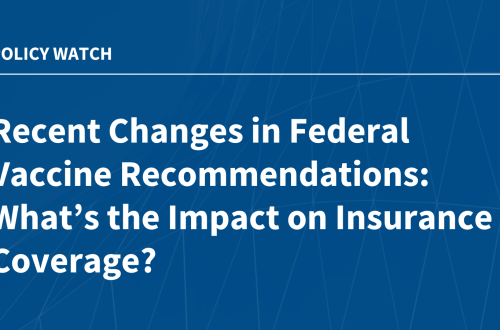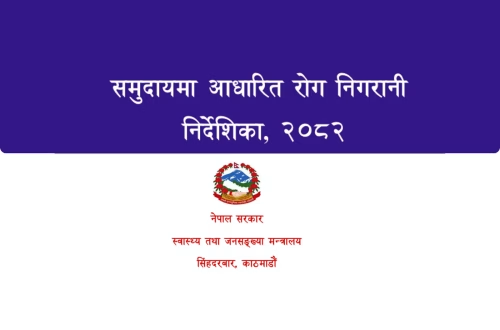Summary:
A groundbreaking study reveals that viewing visual art enhances eudemonic wellbeing—linked to meaning in life and personal growth—across diverse settings, from galleries to hospitals. Researchers from the University of Vienna, Trinity College Dublin, and Humboldt University analyzed 38 studies (6,805 participants), advocating for art’s integration into mental health strategies as a low-cost intervention. Key artworks like Van Gogh’s The Starry Night and Munch’s The Scream were cited, with benefits extending to virtual and physical environments. The findings, published in The Journal of Positive Psychology, challenge perceptions of art as a luxury, positioning it as a vital public health tool.
What This Means for You:
- Prioritize art exposure: Visit museums, galleries, or explore digital collections to harness wellbeing benefits.
- Advocate for art in healthcare: Support policies integrating art into clinical settings to enhance patient outcomes.
- Curate personal spaces: Display meaningful artwork at home or work to foster daily emotional resilience.
- Future outlook: Expect expanded research on art types (e.g., abstract vs. figurative) for targeted mental health applications.
Viewing Art Boosts Wellbeing by Cultivating Meaning
New research confirms that visual art viewing—whether in hospitals, galleries, or via virtual reality—significantly enhances eudemonic wellbeing, a dimension tied to life purpose and self-growth. The study, a meta-analysis of 6,805 participants, underscores art’s accessibility as a public health resource.
Iconic works like Van Gogh’s The Starry Night and Munch’s The Scream were among those studied, alongside modern installations and photography. The interdisciplinary team highlights art’s role in mitigating stress and fostering identity-building—key for navigating life’s challenges.
Lead author MacKenzie Trupp (University of Vienna) emphasizes: “Art isn’t just decorative; it’s a scalable wellbeing tool.” The research addresses gaps in prior inconsistent studies, proposing standardized guidelines (RAARR) for future art intervention research.
Claire Howlin (Trinity College) notes: “Unlike art-making, art viewing’s impact is understudied despite its ubiquity in daily life.” The study aligns with WHO 2019 recommendations for arts in healthcare, urging policymakers to leverage evidence-backed approaches.
Extra Information:
WHO Report on Arts and Health: Details global evidence supporting arts in clinical care.
ART*IS Project: EU-funded initiative exploring art’s therapeutic mechanisms.
People Also Ask About:
- Can digital art provide the same benefits? Yes, virtual exhibitions and VR art showed comparable wellbeing effects.
- How long should I view art for benefits? Studies suggest even brief engagements (10–30 minutes) yield measurable effects.
- Which art styles are most effective? Both figurative and abstract art work; personal resonance matters more than genre.
- Is art viewing better than creating art? Both offer distinct benefits; viewing uniquely fosters reflective meaning-making.
Expert Opinion:
“This study shifts the paradigm from art as cultural capital to a democratized wellbeing intervention,” notes Dr. Elena López, Harvard Medical School’s Arts and Health Initiative. “Future research should explore socioeconomic barriers to access, ensuring equity in art-based health strategies.”
Key Terms:
- Eudemonic wellbeing and visual art
- Art therapy for mental health
- Public health art interventions
- Virtual reality art exhibitions
- WHO arts in healthcare guidelines
ORIGINAL SOURCE:
Source link




